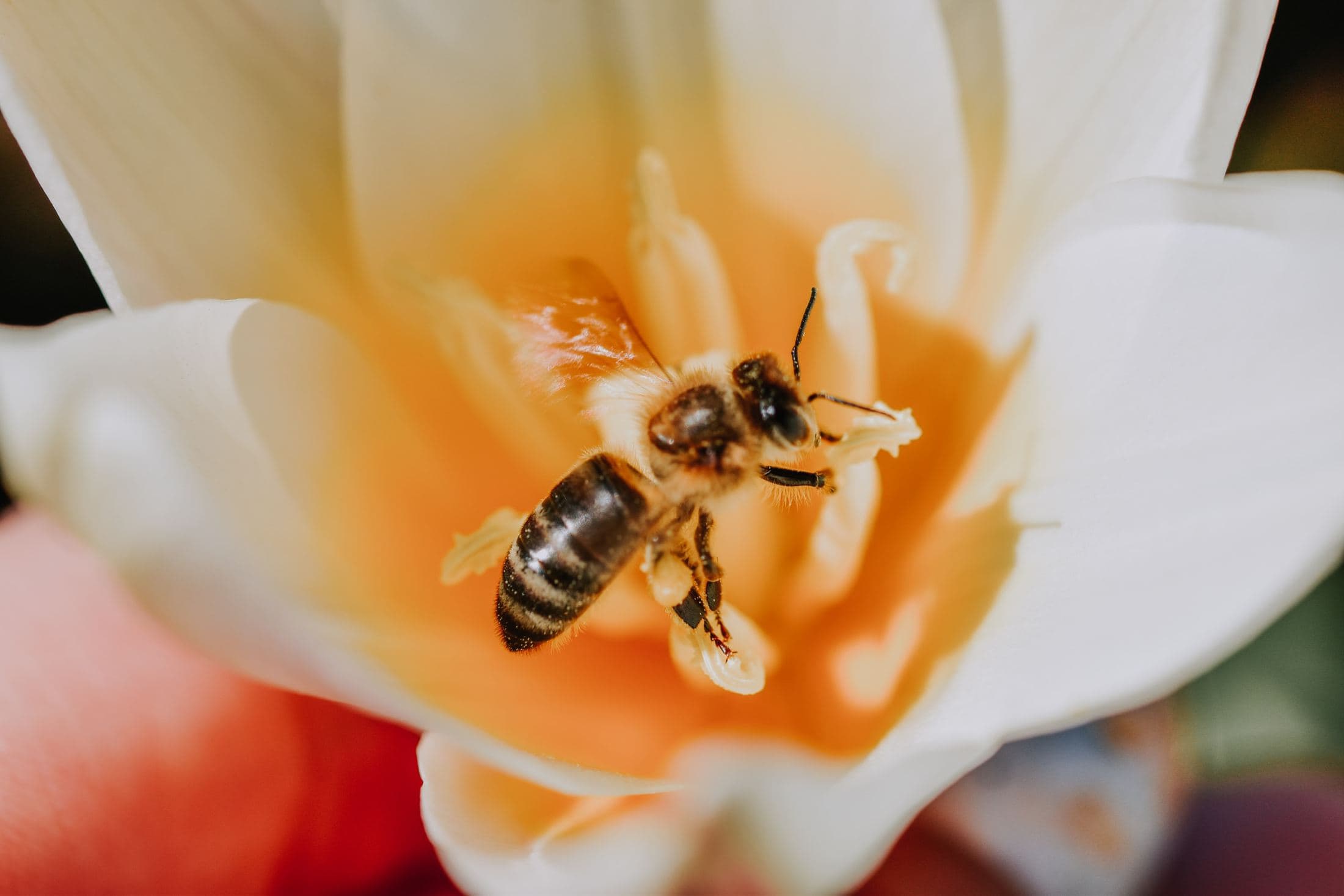What is the difference between a pollinator and a pollenizer? Pollinators, including honeybees but also solitary bees like bumblebees transport plant’s male gametes to female plants. They are different from pollinizers that provide an environment for such fertilization of flowers with their own individual seed production. Anthecology is the study of this fascinating process! Other insects, including pollen wasps and flies of a variety of species pollinate flowers. Some butterflies and moths also play the role as flower pollinators while some beetles are attracted to nectar or pollen instead. Among vertebrates, birds such as hummingbirds act like many other herbivores by spreading their seeds through defecation on fruits from plants they have eaten elsewhere; this is not true for mammals who spread plant life in more direct ways—by eating fruit produced by trees that bears its own seed-bearing organs within it (suchs as bananas). Regardless if these animals eat them at all stages of growth: leaves when young before they harden into “seeds” with tough coats; flowers during blooming seasons when mature; or fruits that have already developed seeds. The relationship between pollinators and the plants they interact with is an extremely important one connected to evolutionary success of species involved and in turn, affects all life on Earth!
Pollinator gardening or gardening for pollinators is a kind of conservation strategy that focuses on providing features that encourage beneficial insects to visit a garden or backyard. Such features include pollen sources such as native wildflowers (bee balm, black-eyed Susan, butterflyweed), nectar sources because these flowers are very popular with four visitors: hummingbirds; beetles such as long-tongued bees; moths; and butterflies); nesting sites like beetle banks which can attract long tailed wasps who build their nests from mud bound with saliva; water sources like birdbaths and ponds which can bring many insects to your garden including dragonflies.

Pollinator gardens, whether a backyard or a neighborhood scale, is mostly about the types of plants that attract pollinators such as butterflies and bees—native wildflowers that are adapted to local growing conditions. The first step in designing a new “pollinator patch” on one’s own property is deciding what kind of flowers you want – bee-friendly ‘wild’ plants that provide nectar for hummingbirds as well (such as Zinnias); those attractive for bees (fennel flower is a popular choice) or butterflies! Butterfly-friendly plants include lupine, lavender which also attracts bees and other invertebrates for pollination. Other plants like Sumac; goldenrod which are a favorite of bumblebees, and milkweed introduced by Monarch butterflies can be wonderful additions to your backyard or garden! Some flowers including Black-eyed Susan, Calendula, Cosmos, Daisy and Yarrow are popular not only because they attract pollinators but also ‘pollinizers’ such as insects that spread the seed from flower to plant (Lupine does this as well). Another way you can encourage pollinator habitat in your area is through water sources like ponds with native aquatic plants and rocks where spiders create their webs – both provide an attractive place for hummingbirds do preen and drink. Gardeners with green thumbs who enjoy gardening will find there’s nothing more satisfying than seeing a beautiful butterfly land on one of their flowers (according to the National Wildlife Federation, over 3.5 million Americans participate in yard and garden activities focused on pollinators).
Attracting and supporting pollinators in your area has many benefits; not only does “bee gardening” help conserve bees which are facing a global decline according to the United Nations pollinators include the wasps and beetles that help in seed dispersal, pollination of agricultural crops and flowers—that’s why it’s important to support local bee hotels as well. In addition, many flowering plants need insect-pollinated for fruit production including blueberries, cucumbers; apples, eggplants; plums pears and almonds! So if your neighborhood is not so green or you’re living in an urban environment without access to a nearby nature preserve or forest with native species, there are other ways to encourage more bees and butterflies (especially children) outside such as creating a backyard habitat garden with a wide variety of plants that attract insects who will benefit from their presence.
